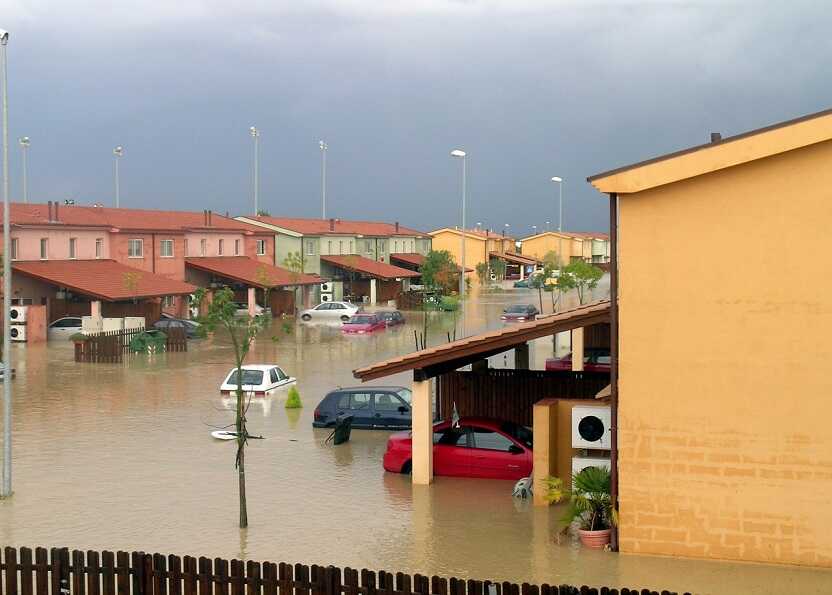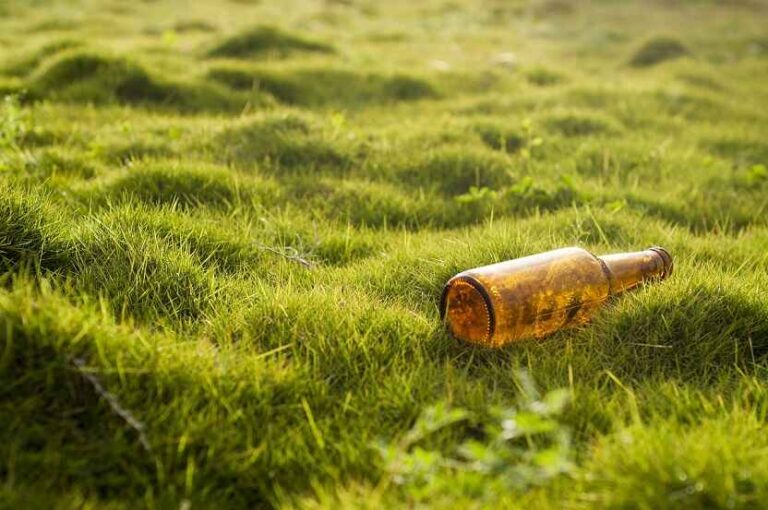Dealing with a Flood Inside the House
Floods inside the house can be a homeowner’s worst nightmare. Whether it’s caused by a burst pipe, heavy rain, or a malfunctioning appliance, the damage can be extensive and costly to repair. In this article, we will provide you with a step-by-step guide on how to deal with a flood inside your house, from immediate actions to long-term recovery.

Immediate Response
The first few moments after discovering a flood are crucial. Here’s what you should do:
1. Ensure Safety First
Your safety and the safety of your family should be your top priority. If the flooding is severe or poses any electrical hazards, evacuate the premises immediately.
2. Turn Off the Water Supply
If the flood is caused by a plumbing issue, locate the main water shutoff valve and turn it off to stop the water flow.
3. Disconnect Electricity
To avoid electrical hazards, switch off the power supply at the circuit breaker or fuse box. If you can’t do this safely, contact an electrician.
4. Document the Damage
Take photos or videos of the flooded areas. This documentation will be valuable when dealing with insurance claims.
Water Removal and Cleanup
Once you’ve ensured safety and documented the damage, it’s time to start the cleanup process:
5. Remove Excess Water
Use buckets, mops, or a wet/dry vacuum to remove as much water as possible. The sooner you do this, the less damage will occur.
6. Salvage Belongings
Retrieve valuable items from the affected areas and move them to a dry place. Be cautious of contaminated water.
7. Prevent Mold Growth
Mold can start growing within 24-48 hours of a flood. Use dehumidifiers and fans to dry out the space and reduce humidity.
8. Disinfect and Clean
Thoroughly clean and disinfect all surfaces that came into contact with floodwater to prevent contamination.
Assessing the Damage
After the initial cleanup, you’ll need to assess the extent of the damage:
9. Call Your Insurance Company
Contact your insurance provider to report the flood and initiate the claims process.
10. Consult Professionals
Consider hiring a water damage restoration specialist to assess the damage and provide a plan for restoration.
11. Structural Damage
Check for structural damage to your home, including walls, floors, and the foundation. Address any issues promptly.
Restoration and Prevention
Once you’ve assessed the damage, it’s time to move forward with restoration and take steps to prevent future floods:
12. Restoration Process
Follow the recommendations of the professionals you’ve consulted to restore your home to its pre-flood condition.
13. Preventative Measures
Implement measures like sump pumps, proper drainage, and regular maintenance to prevent future flooding.
14. Update Insurance Coverage
Consider updating your homeowner’s insurance to include flood coverage for added protection.
Conclusion
Dealing with a flood inside your house can be overwhelming, but by taking immediate action, conducting thorough cleanup and assessment, and implementing preventative measures, you can minimize damage and protect your home. Remember that safety should always be your first concern.
Frequently Asked Questions
Can I handle the cleanup myself or should I hire professionals?
While you can do some of the cleanup, it’s advisable to consult professionals, especially if the damage is extensive or if mold is a concern.
How long does it take to restore a house after a flood?
The timeline for restoration varies depending on the extent of the damage. It can take anywhere from a few days to several weeks.
What should I do if I can’t find the source of the flood?
If you can’t locate the source of the flood, contact a plumber or a water damage specialist to identify and fix the issue.
Is flood insurance necessary even if I don’t live in a flood-prone area?
It’s a good idea to have flood insurance regardless of your location. Flooding can happen anywhere, and standard homeowner’s insurance typically doesn’t cover flood damage.
Are there government assistance programs for flood victims?
Depending on the severity and location of the flood, there may be federal or state assistance programs available. Check with your local government for more information.
Remember, swift action and proper planning can make a significant difference when it comes to dealing with a flood inside your house.
Disclaimer
Certain content that appears on this site comes from Amazon. As an Amazon Associate we earn from qualifying purchases. Read full Disclaimer Here!






